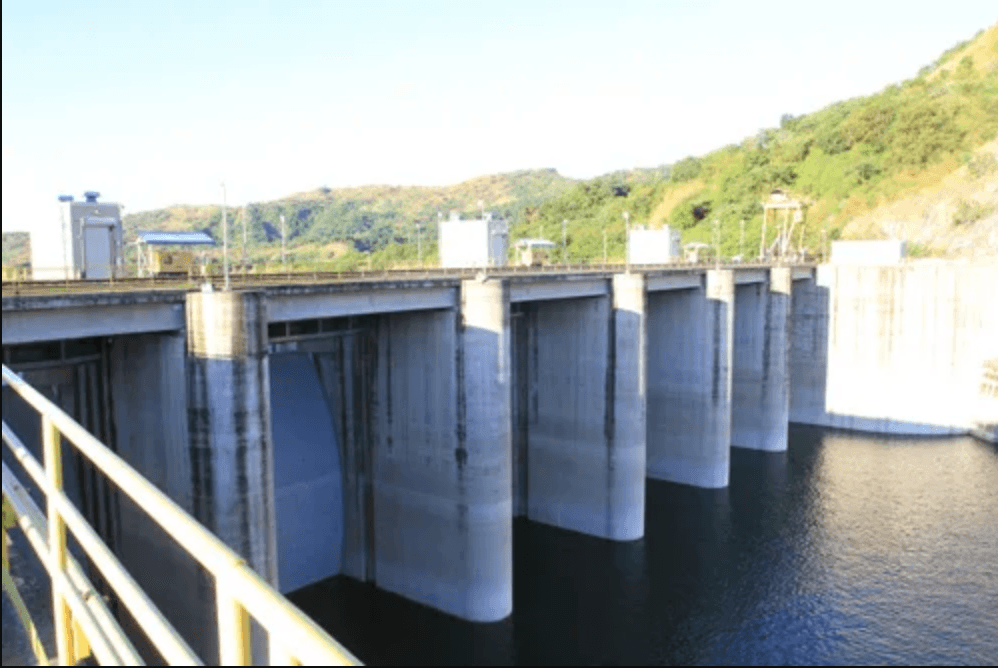SUMMARY
This is AI generated summarization, which may have errors. For context, always refer to the full article.

DAGUPAN, Philippines – The water level of the San Roque Dam, located in San Manuel town in Pangasinan province, remains below its normal level despite continuous rain brought by Typhoon Egay (Doksuri) and the enhanced southwest monsoon or habagat.
According to the Philippine Atmospheric, Geophysical, and Astronomical Services Administration (PAGASA) update as of 6 am, Saturday, July 29, the dam’s water was at 257.25 meters above sea level (masl).
The dam’s normal high water level is 280 masl.
The Ambuklao and Binga dams, both located in Benguet province, already added to the San Roque Dam’s water volume since opening their gates beginning Thursday, July 27.
The San Roque Dam’s gates remained closed, as of writing, but false information spread that the dam already released water. Gener Quitlong, weather specialist from PAGASA’s Agno River Basin Flood Forecasting and Warning Center, sought to allay public fears.
“Hindi po magbubukas ang dam natin hanggang hindi po nakakapunta sa normal water level. Kulang pa po masyado ang tubig na kailangan bago magbukas ang dam (The dam will not open its gates until it reaches the normal water level. The current water level is still lacking),” he said.
While the increased water level over the week was an improvement, it may still not be able to sustain farmers and electricity production until 2024.
“Baka mabitin tayo sa water supply kung walang ibang tubig na pupuno sa dam (Water supply could be insufficient if there are no other sources of water to fill the dam),” Quitlong said.
The San Roque Dam provides water to around 32,000 hectares of farmlands, distributed in 14 towns and cities of Pangasinan.
El Niño could be a problem starting in the fourth quarter of 2023, when dry spells and droughts may hit parts of the Philippines.
Floods downstream
While the rain has eased, residents downstream still have floods to worry about.
The affected areas include Santa Barbara, Calasiao, and Dagupan City, among others, after floodwaters from upstream began flowing down.
Calasiao, where floods reached 6 feet and up, and Dagupan City are the hardest-hit.
The two areas are part of the Sinocalan-Dagupan River System, which stems from Benguet upstream. From Benguet, it goes to San Manuel, Binalonan, Urdaneta City, Santa Barbara, Calasiao, and Dagupan City before going to the open sea along the Lingayen Gulf.
Another prominent river system in central Pangasinan, the Bued-Cayanga, also stems from upstream.
The Marusay River, a tributary in Calasiao, breached the critical level. Kristine Soriano of the Calasiao Municipal Disaster Risk Reduction and Management Office said the river overflowed.
Calasiao and Dagupan City were placed under a state of calamity on Friday, July 28. – Rappler.com
Add a comment
How does this make you feel?














There are no comments yet. Add your comment to start the conversation.